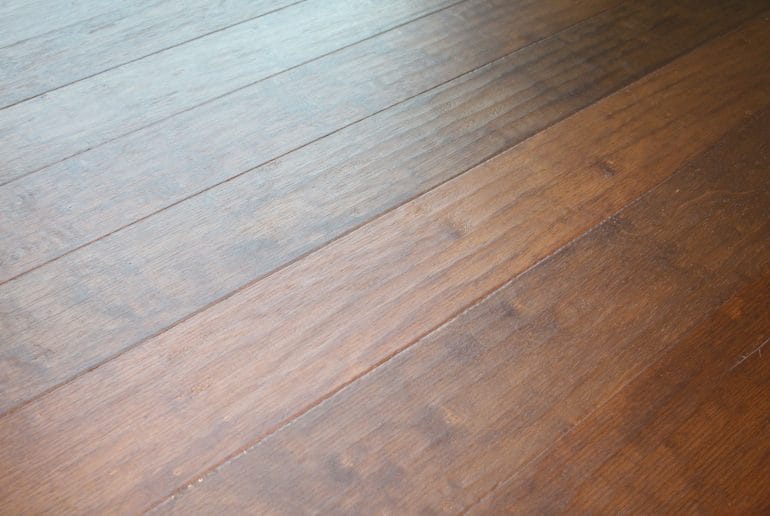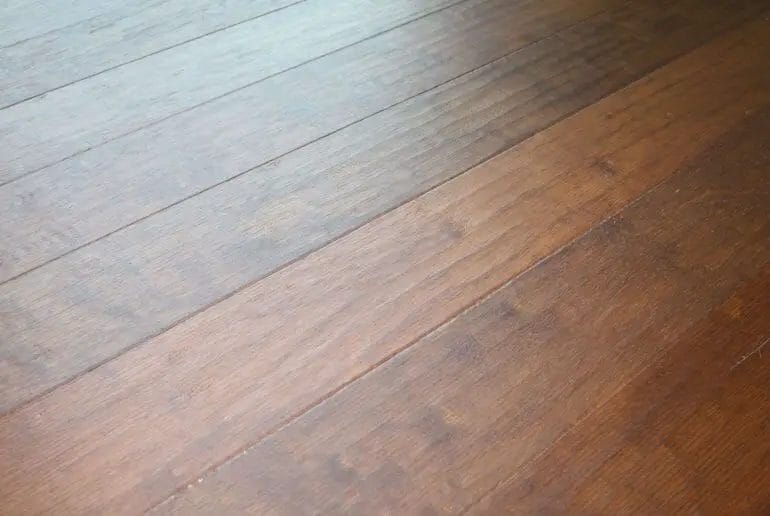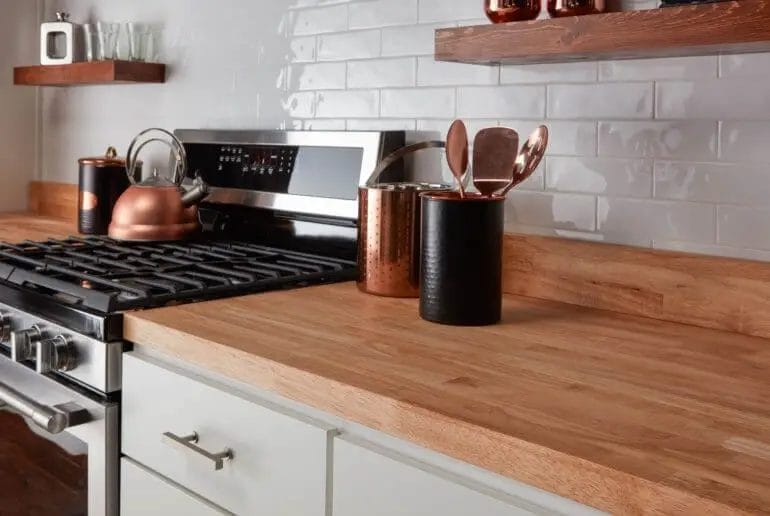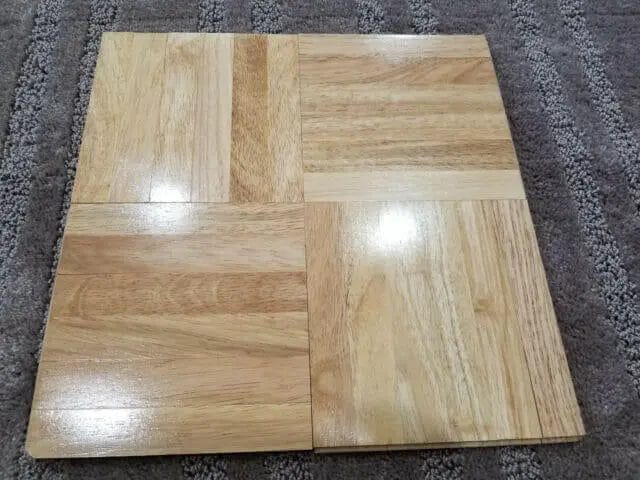Hevea wood, also known as rubberwood, is derived from the Hevea brasiliensis tree, which is primarily grown in tropical regions. It is highly sought after for its attractive grain patterns, durability, and sustainability. Unlike other traditional hardwoods, Hevea wood is eco-friendly, as it is sourced from rubber tree plantations after the latex production has ceased. It is a versatile material used in furniture, flooring, and other woodworking projects. With its unique properties, Hevea wood offers both aesthetic appeal and environmental consciousness.

Uses and Applications of Hevea Wood
Hevea wood, also known as rubberwood, is a durable and versatile material that has a wide range of uses and applications. Derived from the Hevea brasiliensis tree, which is primarily grown for latex production, Hevea wood has gained popularity in various industries due to its unique properties and sustainable nature. In this section, we will explore the different uses and applications of Hevea wood.

Furniture
One of the primary uses of Hevea wood is in the manufacturing of furniture. The wood is known for its attractive grain patterns and light color, making it a popular choice for creating a natural and elegant look in furniture pieces. Hevea wood is highly resistant to warping and cracking, ensuring the longevity of furniture items. It is commonly used in the production of tables, chairs, bed frames, cabinets, and other indoor furniture.
Flooring
Hevea wood is also utilized in the flooring industry. Its dense and durable nature makes it an ideal choice for high-traffic areas. Hevea wood flooring is known for its stability and resistance to wear and tear. The natural variations in color and grain pattern add a unique aesthetic appeal to any space. Additionally, Hevea wood flooring is relatively easy to install and maintain, making it a popular choice among homeowners and interior designers.
Wood Crafts and Decorative Items
Hevea wood’s versatility extends to the world of crafts and decorative items. The wood’s smooth and consistent texture makes it perfect for carving, engraving, and creating intricate designs. It is commonly used in the production of wooden bowls, cutting boards, picture frames, and other decorative items. Hevea wood’s natural beauty and eco-friendly characteristics make it a preferred choice for artisans and craft enthusiasts.
Construction and Joinery
Hevea wood is also utilized in the construction and joinery industry. Its strength and stability make it suitable for structural components such as beams, posts, and trusses. The wood’s resistance to moisture and decay makes it an excellent choice for outdoor applications as well. Hevea wood is often used in the construction of decks, fences, and exterior cladding.
Paper and Pulp
Another lesser-known application of Hevea wood is in the production of paper and pulp. The wood’s fiber properties make it suitable for the manufacturing of high-quality paper products. It is commonly used in the production of stationery, packaging materials, and specialty papers.
Other Applications
Besides the aforementioned uses, Hevea wood also finds applications in various other industries. It is used in the production of musical instruments such as guitars and pianos, as the wood’s natural resonance enhances the sound quality. Additionally, Hevea wood is utilized in the creation of wooden toys, kitchen utensils, and even eco-friendly fuel pellets.
Summary
Hevea wood, with its durability, versatility, and sustainable nature, finds applications in multiple industries. From furniture and flooring to crafts, construction, paper production, and even musical instruments, Hevea wood is a highly sought-after material. Its attractive grain patterns, resistance to wear, and eco-friendly characteristics make it a preferred choice for both manufacturers and consumers alike.

Sustainable Sourcing of Hevea Wood
Hevea wood, also known as rubberwood, is a highly popular choice for furniture and flooring due to its durability, attractive grain pattern, and eco-friendly nature. However, the demand for Hevea wood products has resulted in deforestation and unsustainable practices in some regions. To ensure the long-term availability of Hevea wood and protect the environment, sustainable sourcing methods have been implemented.
1. Certification Programs
One of the key strategies for promoting sustainable sourcing of Hevea wood is through certification programs. These programs, such as the Forest Stewardship Council (FSC) certification, ensure that the wood used in products comes from responsibly managed forests. Certified Hevea wood indicates that it has been harvested following strict environmental and social standards, including reforestation and community involvement.
By purchasing furniture or flooring made from FSC-certified Hevea wood, consumers can contribute to the preservation of forests and support sustainable practices in the industry. Additionally, businesses can demonstrate their commitment to sustainability by sourcing materials from certified suppliers.
2. Replanting Initiatives
Another important aspect of sustainable sourcing is the implementation of replanting initiatives. When Hevea trees reach the end of their latex production cycle (usually around 25 years), they are typically harvested for their wood. However, instead of completely clearing the land and moving on to new areas, sustainable practices focus on replanting Hevea trees to ensure the continuous supply of wood.
Replanting initiatives not only ensure the availability of Hevea wood but also contribute to carbon sequestration and ecosystem preservation. By replanting and managing Hevea plantations responsibly, the negative environmental impacts of deforestation can be minimized or avoided altogether.
3. Local Community Involvement
Sustainable sourcing of Hevea wood also involves the active participation of local communities. In many regions where Hevea plantations exist, indigenous communities have traditional knowledge and practices that can contribute to sustainable forestry management.
Engaging with these communities and incorporating their perspectives and expertise can lead to more sustainable practices. This may include implementing agroforestry systems, which combine Hevea plantations with other native species to promote biodiversity and provide additional income sources for local communities.
4. Transparency in Supply Chains
Transparency in supply chains is essential for ensuring sustainable sourcing of Hevea wood. Companies should prioritize working with suppliers who can provide detailed information about the origin of the wood and the practices used in its harvesting and processing.
By ensuring transparency, businesses can verify that their Hevea wood products come from sustainable sources and are not contributing to deforestation or social injustices. This level of transparency also allows consumers to make informed purchasing decisions and support companies that prioritize responsible sourcing.
Summary
Sustainable sourcing of Hevea wood is crucial to protect forests, promote biodiversity, and support local communities. Certification programs, replanting initiatives, local community involvement, and transparency in supply chains are all key components of sustainable sourcing efforts. By choosing products made from responsibly sourced Hevea wood, consumers and businesses can contribute to a greener and more sustainable future.

4. Maintenance and Care of Hevea Wood Furniture
Hevea wood furniture is known for its durability and natural beauty. To maintain its quality and extend its lifespan, proper care and maintenance are essential. In this section, we will explore some tips and guidelines on how to effectively care for your hevea wood furniture.
4.1 Regular Cleaning
Regular cleaning is key to preserving the appearance and longevity of your hevea wood furniture. Dust and dirt can accumulate over time, causing scratches and dullness. Here are some steps you can follow for routine cleaning:
- Start by dusting the furniture with a soft, lint-free cloth to remove loose particles.
- For stubborn dirt or grime, dampen a cloth with mild soapy water and gently wipe the surfaces. Avoid using harsh chemicals or abrasive cleaners as they can damage the wood.
- After cleaning, make sure to dry the furniture thoroughly to prevent moisture from seeping into the wood.
4.2 Avoiding Direct Sunlight
Exposure to direct sunlight can cause fading and discoloration of hevea wood furniture. To protect your furniture from UV rays, it is recommended to:
- Place your furniture away from windows or use curtains and blinds to block out sunlight during peak hours.
- Consider using UV-protective coatings or applying a layer of furniture wax to minimize the effects of sunlight.
4.3 Temperature and Humidity
Hevea wood is susceptible to changes in temperature and humidity, which can lead to warping or cracking. To maintain the integrity of your furniture, follow these guidelines:
- Avoid placing hevea wood furniture near heat sources such as radiators or fireplaces.
- Maintain a consistent room temperature and humidity level. Extreme fluctuations can cause damage to the wood.
- Use a humidifier or dehumidifier if necessary to regulate the humidity levels in your home.
4.4 Avoiding Moisture and Liquid Spills
Moisture can penetrate the wood and cause it to swell or warp. To prevent damage from moisture and spills, take the following precautions:
- Use coasters or placemats to protect the surface from hot or cold items.
- Immediately wipe up any spills or liquid accidents to prevent them from seeping into the wood.
- Avoid placing cups or glasses directly on the furniture surface to prevent rings or watermarks.
4.5 Polishing and Maintenance
Periodic polishing and maintenance can enhance the natural luster of hevea wood furniture. Here are some tips to keep your furniture looking its best:
- Apply furniture polish or wax using a soft cloth, following the product instructions.
- Gently buff the surface in circular motions to distribute the polish evenly.
- Remove any excess polish or wax to avoid build-up.
- Repeat this process every few months or as needed to maintain the sheen of the wood.
4.6 Handling and Moving
Proper handling and moving of hevea wood furniture can prevent accidental damage. Consider the following guidelines:
- Avoid dragging or sliding the furniture, as it can cause scratches or dents.
- Lift the furniture using both hands and with the assistance of another person if necessary.
- When moving the furniture, protect the corners and edges with padding or blankets to prevent impacts.
In summary, proper maintenance and care are essential for preserving the beauty and longevity of hevea wood furniture. Regular cleaning, protecting against sunlight, maintaining appropriate temperature and humidity, avoiding moisture and spills, periodic polishing, and careful handling can ensure that your furniture remains in excellent condition for years to come.
Comparing Hevea Wood with Other Types of Hardwood
Hevea wood, also known as rubberwood, is a popular choice for furniture and flooring due to its durability, affordability, and eco-friendly properties. However, it is essential to understand how Hevea wood compares to other types of hardwood before making a purchasing decision. In this section, we will compare Hevea wood with other common hardwoods, such as oak, maple, and teak, to help you make an informed choice.
1. Durability
When it comes to durability, Hevea wood holds its ground against other hardwoods. It is known for its high density and strength, making it resistant to wear and tear and less prone to scratches and dents. Hevea wood furniture can withstand regular use for several years without losing its structural integrity.
On the other hand, oak is renowned for its exceptional durability and ability to resist moisture and fungal attacks. It is often used for heavy-duty furniture and flooring. Maple, another strong contender, is highly resistant to warping and is suitable for areas with high foot traffic. Teak, famous for its natural oils, is an extremely durable hardwood that is commonly used for outdoor furniture.
2. Appearance
Hevea wood has a natural light color with a smooth and uniform grain pattern, which gives it a contemporary and versatile look. It is often preferred for modern and minimalist designs. Over time, Hevea wood develops a honey-colored patina, adding warmth and character to the furniture.
Oak is widely admired for its rich, warm tones and distinct grain patterns. It comes in various shades, from light to dark, allowing for versatile design options. Maple, known for its pale, creamy color, provides a clean and elegant aesthetic. Teak, with its golden-brown hue and straight grain, exudes timeless beauty.
3. Price
One of the significant advantages of Hevea wood is its affordability. Compared to other hardwoods like oak and teak, Hevea wood is relatively inexpensive, making it an attractive option for budget-conscious consumers. Despite its affordability, Hevea wood does not compromise on quality and durability.
Oak, being a premium hardwood, is often more expensive than Hevea wood. Teak, renowned for its exceptional durability and weather resistance, is also relatively costly. Maple falls in the mid-range when it comes to pricing, offering a balance between affordability and quality.
4. Sustainability
When it comes to sustainability, Hevea wood stands out as an eco-friendly choice. It is harvested from rubber trees that have reached the end of their latex production cycle. Choosing Hevea wood helps reduce waste and promotes the use of renewable resources. Additionally, rubberwood plantations contribute to carbon sequestration.
Oak and maple are commonly harvested from managed forests, making them relatively sustainable choices. Teak, despite its durability, has faced some challenges due to illegal logging and deforestation. It is crucial to ensure teak is sourced from well-managed plantations or certified sources to promote responsible harvesting.
5. Maintenance
Hevea wood requires regular cleaning and maintenance to keep it in top condition. It is recommended to use a mild soap and water solution for routine cleaning. Avoid using harsh chemicals or abrasive cleaners that can damage the wood surface. Applying a protective coat of furniture polish can help maintain its natural luster.
Oak, maple, and teak also require routine cleaning and maintenance to preserve their beauty and extend their lifespan. Each hardwood has specific care instructions, such as using wood-specific cleaners and oils. Following the manufacturer’s guidelines for maintenance is essential to ensure longevity.
Summary
Comparing Hevea wood with other types of hardwood reveals its strengths and unique attributes. It offers durability, a contemporary appearance, affordability, sustainability, and manageable maintenance requirements. While oak, maple, and teak have their own advantages, Hevea wood remains a popular choice for those seeking reliable and cost-effective hardwood options.
FAQs
What is Hevea Wood?
Hevea wood is derived from the rubber tree, scientifically known as Hevea brasiliensis. It is a popular choice for furniture and flooring due to its durability, attractive grain patterns, and eco-friendly nature. Hevea wood is known for its light to medium brown color and is often used as a sustainable alternative to hardwood.
How is Hevea Wood Different from Solid Hardwood?
Hevea wood is technically a type of hardwood, but it differs from traditional solid hardwood in terms of its density and growth rate. Unlike slow-growing hardwood species, Hevea trees grow relatively fast, making it a more sustainable option. Additionally, Hevea wood has a lighter weight and softer feel compared to other hardwoods.
Is Hevea Wood Environmentally Friendly?
Yes, Hevea wood is considered an environmentally friendly choice. The rubber tree used to produce Hevea wood is cultivated on plantations, which helps to reduce deforestation of natural forests. Furthermore, when the rubber tree reaches the end of its latex production cycle, it is often replanted, ensuring a sustainable supply of Hevea wood.
Conclusion:
In summary, Hevea wood is a highly sought-after material due to its remarkable properties and sustainable sourcing. With its durability, flexibility, and resistance to warping, Hevea wood is ideal for various applications in furniture, flooring, and construction. Its eco-friendly nature, being derived from rubber tree plantations, makes it a popular choice among environmentally conscious consumers. Whether it’s for its aesthetic appeal or environmental benefits, Hevea wood stands as a versatile option for those seeking a durable and sustainable wood product.